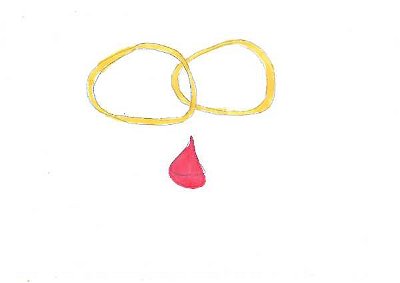26. 30 February 1712 - We all know the mnemonic that tells us how many days are in each month, but the year 1712 gave us a unique instance of 30 February, which came during which country's move from the Julian to the Gregorian calendar?
From Quiz Are You Sure That Calendar Is Right?
Answer:
Sweden
Following its initial adoption in 1582 by Catholic Europe, the Gregorian calendar was gradually adopted in non-Catholic countries. Most adopted the same practice of simply dropping a number of days from the year. However, Sweden elected to undertake a more gradual process of reform by using its own, specially developed calendar, which would drop all leap days between 1700 and 1740 (a total of eleven days), which would bring Sweden into line with the Gregorian calendar. The plan, adopted in November 1699, was to be implemented from 1700 onwards, and consequently Sweden had no 29 February that year.
However, the same year Sweden became embroiled in the Great Northern War against an alliance of Denmark, Russia and other states. As a result of the war, the implementation of the new calendar was not done in either 1704 or 1708, leading to the calendar again becoming out of sync, as an extra day had been added. In 1712, King Charles XII of Sweden decreed that the Swedish calendar would be abandoned, and the country would return to the Julian calendar. To account for the extra day, the king also decreed that Sweden would have an extra leap day in February 1712, which led to 29 February being followed by 30 February. Sweden eventually adopted the Gregorian calendar in 1753.
 Several days have made such impression they got known by a nickname. What do you know about these iconic days? Most of the images may point you to the right answer.
Several days have made such impression they got known by a nickname. What do you know about these iconic days? Most of the images may point you to the right answer.  With the help of the photographs, work out the historical ending associated with the date given in the questions.
With the help of the photographs, work out the historical ending associated with the date given in the questions.  All of these scandalous or disastrous events occurred as a result of neglect, or because someone ignored the warning signs. (Don't worry, you won't find any more Titanic questions here!)
All of these scandalous or disastrous events occurred as a result of neglect, or because someone ignored the warning signs. (Don't worry, you won't find any more Titanic questions here!)  Player Pollucci19 gave me this title that at first sight seemed incorrect to me. But adding an extra element may be enough to prove the validity of the title.
Player Pollucci19 gave me this title that at first sight seemed incorrect to me. But adding an extra element may be enough to prove the validity of the title.  In this quiz, you'll be given dates to match to events - or events to match to dates. Good luck!
In this quiz, you'll be given dates to match to events - or events to match to dates. Good luck!  Quick Question
Quick Question I turned 30 last year, and surprise, nothing monumental happened to me personally. However much happened in the world in my first 30 years on the planet. These questions relate to events from 1985 to 1994. Quiz is part 1 of 3.
I turned 30 last year, and surprise, nothing monumental happened to me personally. However much happened in the world in my first 30 years on the planet. These questions relate to events from 1985 to 1994. Quiz is part 1 of 3.  = Top 5% Rated Quiz,
= Top 5% Rated Quiz,
 Top 10% Rated Quiz,
Top 10% Rated Quiz,
 Top 20% Rated Quiz,
Top 20% Rated Quiz,
 A Well Rated Quiz
A Well Rated Quiz